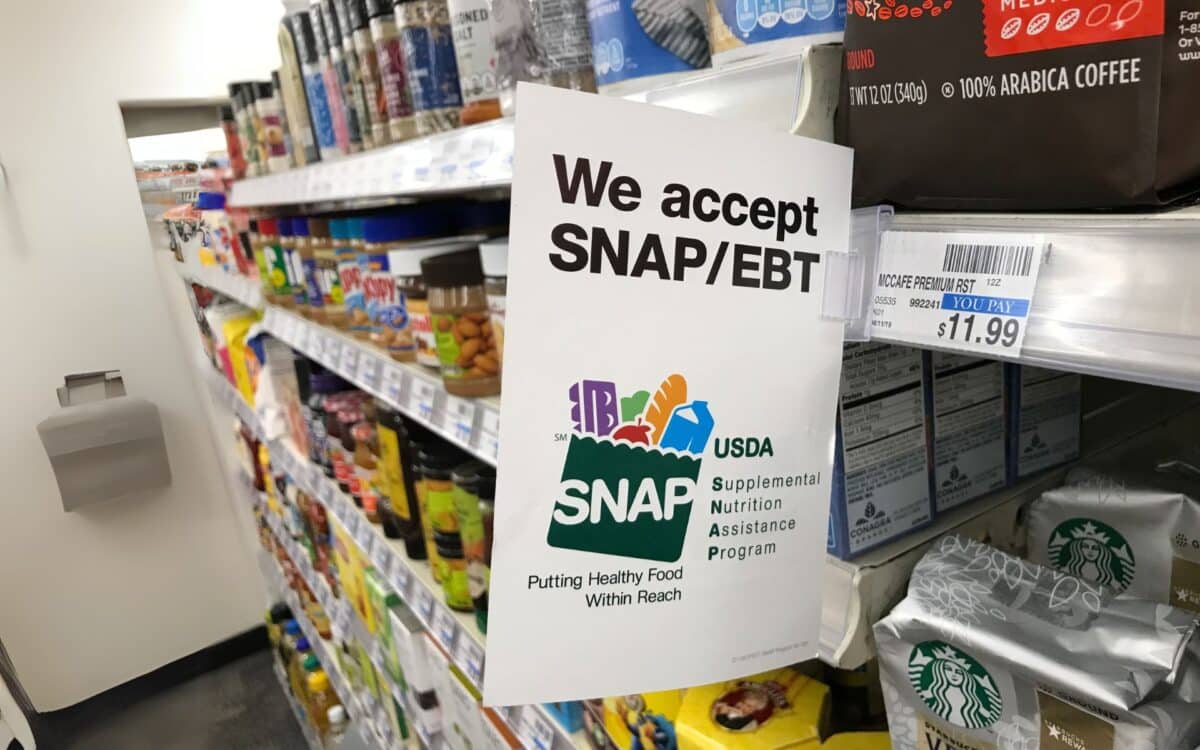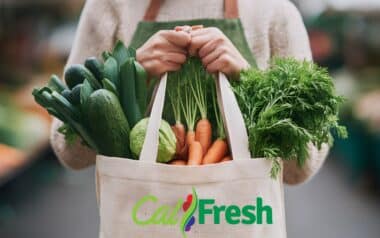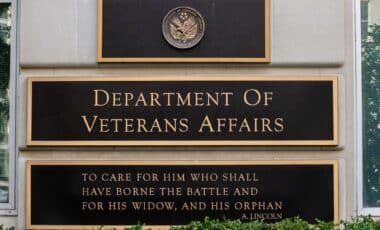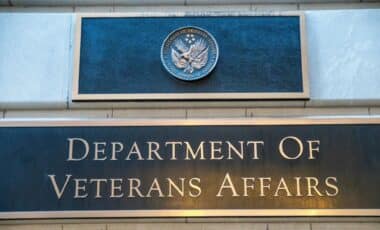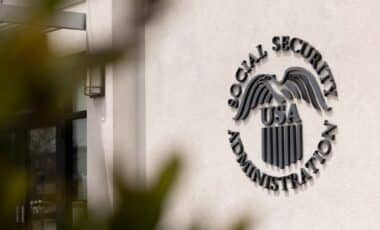Idaho recently moved to reshape its approach to federal food assistance by submitting a waiver request to the U.S. Department of Agriculture (USDA) that could limit what Supplemental Nutrition Assistance Program (SNAP) benefits can buy.
The proposed measure targets items like soft drinks and candy, marking a potential shift in how nutritional support is managed at the state level.
Newsweek confirmed that the waiver was officially filed last Friday by the Idaho Department of Health and Welfare, shortly after Governor Brad Little signed House Bill 109 into law in April. The initiative has sparked national discussion around food access and public health.
Legislative Background and Waiver Process
House Bill 109 passed through the Idaho House of Representatives by a 48-20 vote and cleared the State Senate 25-10 before receiving the governor’s signature.
The new law authorizes the Department of Health and Welfare to seek federal approval for restrictions on SNAP purchases—a step that is mandatory under USDA policy, which prohibits unilateral changes to SNAP-eligible items by individual states.
As part of the waiver submission process, Newsweek has contacted Governor Little’s office via email for further comment.
Connection to the Maha Initiative
The proposed policy aligns with the Make America Healthy Again (MAHA) initiative, launched by Secretary of Health and Human Services Robert F. Kennedy Jr. and Agriculture Secretary Brooke Rollins. In a joint USA Today op-ed published in April, both secretaries encouraged state leaders to take action:
We call on all governors to submit waivers to help promote access to these critical sources of nutrition, including waivers that can limit what can be purchased with food stamps.
Governor Little affirmed Idaho’s support for the initiative during the bill’s signing:
Idaho welcomes the MAHA movement. It is all about looking for creative ways to improve nutrition and increase exercise, the two main factors that influence overall health.
Secretary Kennedy said it so well: we need to take better care of ourselves and each other. He said it is an act of patriotism, and the future of our nation depends on it. Idaho couldn’t agree more.
Federal Leadership and National Participation
USDA Secretary Brooke Rollins expressed confidence in state-led reform:
States have always been the greatest laboratories of democracy, and I am confident the best ideas will come from them.
Whether demonstration pilots on allowable purchases, or newfound ways to connect work-capable adults to jobs, or even new ways to get food to communities, I will continue to encourage States to be bold and enact change.
Idaho joins Iowa, Nebraska, Arkansas, and Indiana in seeking similar waivers aimed at modifying SNAP purchase eligibility. These efforts reflect a growing national movement to leverage food assistance programs to address preventable chronic health conditions.
Reactions From Supporters and Critics
Supporters of the ban argue it is designed to promote better health outcomes by removing nutritionally poor items from SNAP eligibility. They point to the potential reduction of obesity, type 2 diabetes, and related public health burdens.
Critics, however, warn that such restrictions may disproportionately impact low-income communities that already face limited access to healthy food. Valerie Imbruce, director of the Center for Environment and Society at Washington College, challenged the underlying assumptions of the policy:
Controlling how the poor eat is a paternalistic response to a problem that is not based in SNAP recipients’ inability to make good decisions about healthy foods, it is a problem of the price differential in choosing healthy or junk foods.
As of the 2024 fiscal year, SNAP supports approximately 130,900 Idaho residents, representing about 7 percent of the state’s population. Nationally, the program served an average of 42.1 million people per month in 2023, or 12.6 percent of the U.S. population.
If approved by the USDA, the proposed restrictions in Idaho would take effect on July 1.

